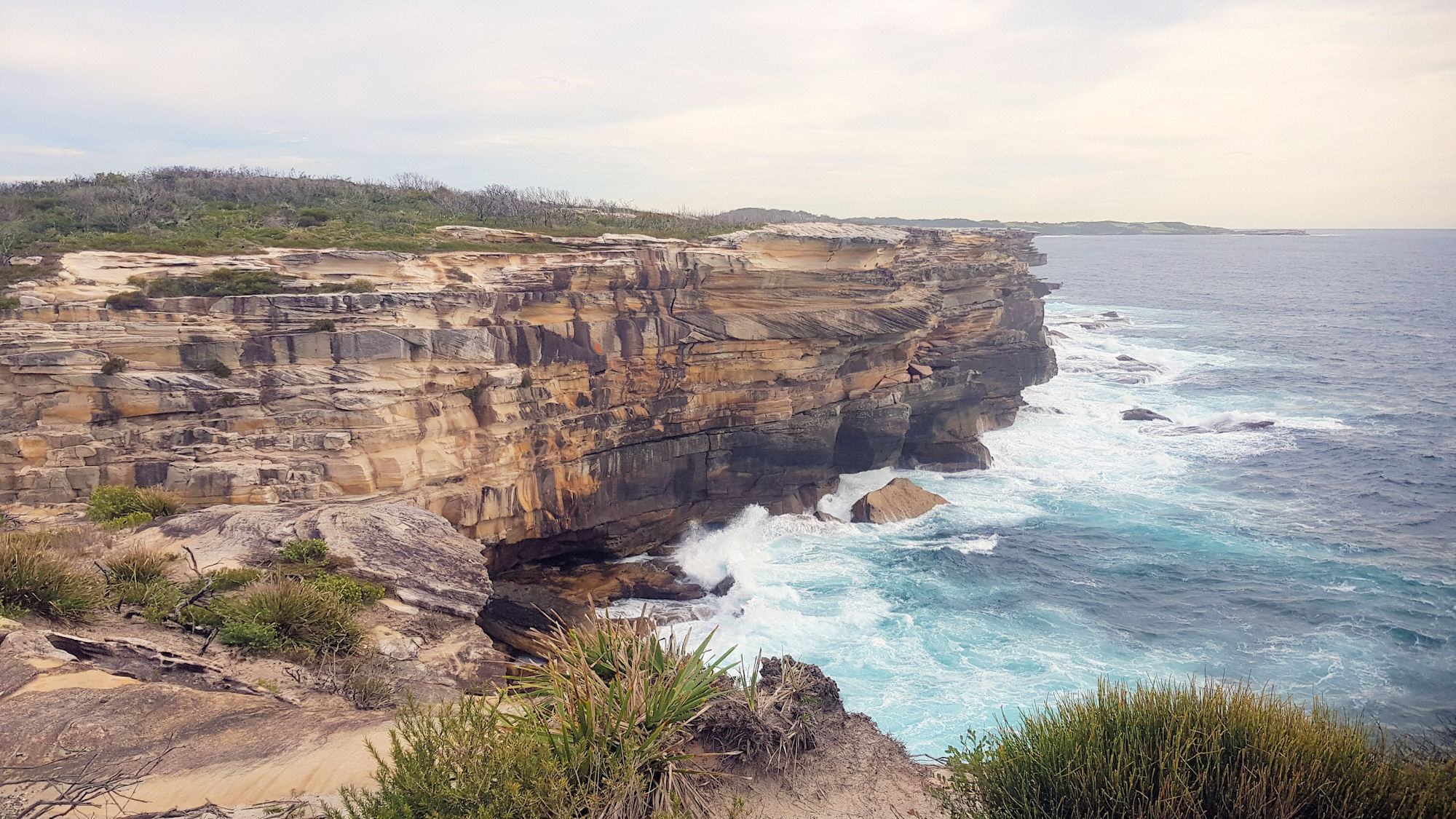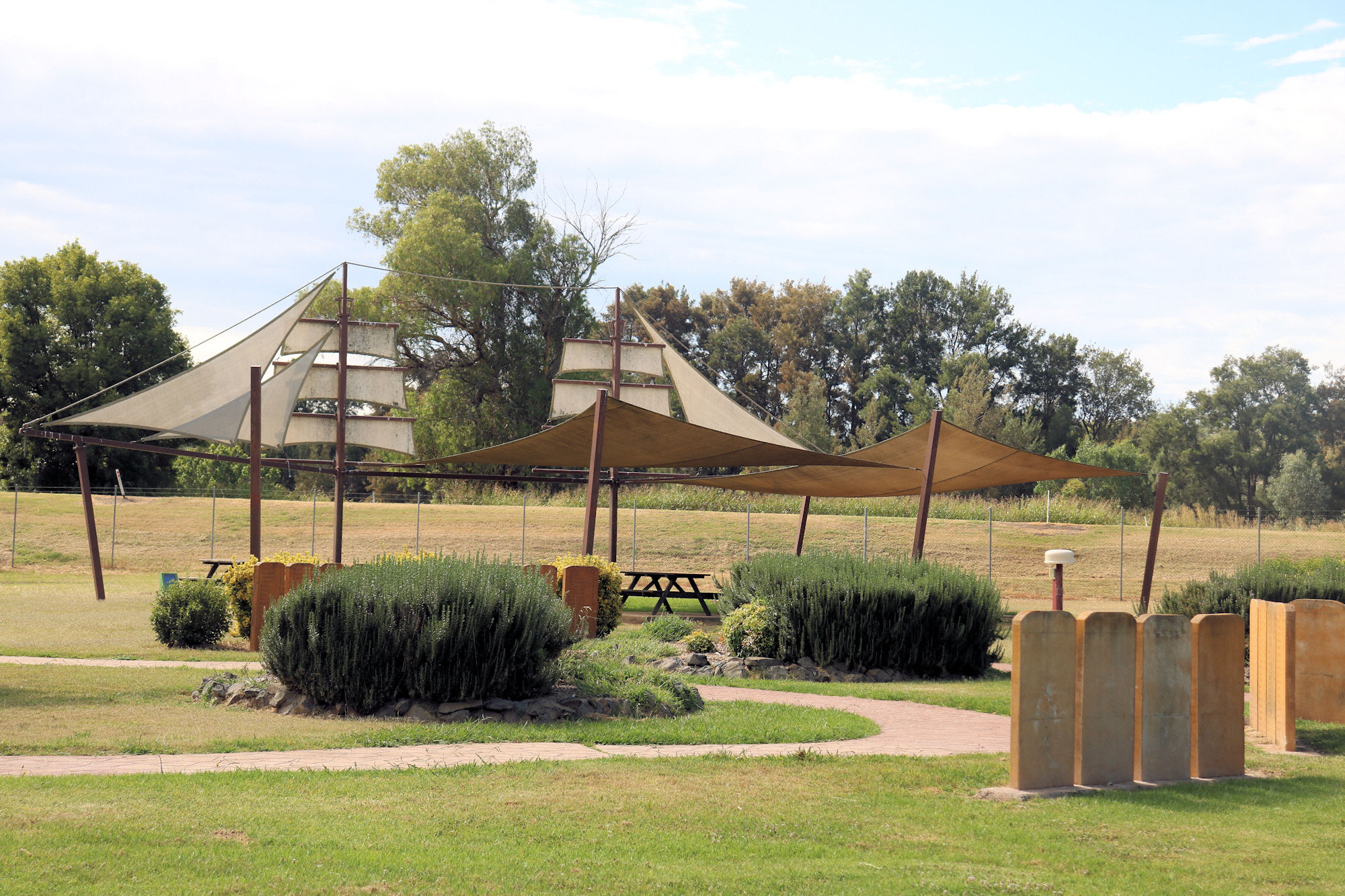Our news
-

Cape Baily Track Kamay Botany Bay
Cape Baily Track Kamay Bay National Park Getting There Located in Kamay Botany Bay National Park, the Cape Baily Track winds along coastal cliffs with amazing ocean views. The track starts at the end of the park’s road, past Cape Solander. A car park next to a helicopter landing pad provides easy access to the…
-

Dorothea Mackellar Memorial Statue
Dorothea Mackellar Memorial Statue Not far from the Gunnedah Water Tower Museum and located in a small park the Dorothea Mackellar Memorial Statue acknowledges this famous Australian Poet’s connection to the Gunnedah district. Dorothea is shown as a young woman sitting side-saddle on her horse, and gazing into the distance. Dorothea Mackellar Known for her…
-

First Fleet Memorial Gardens Wallabadah
First Fleet Memorial Gardens Wallabadah We hadn’t intended to stop in Wallabadah, but on seeing the sign for the First Fleet Memorial Gardens, we decided to. This is the great thing about driving with no fixed appointments, because you can stop at any time and see something interesting. Another interesting thing to discover is the…